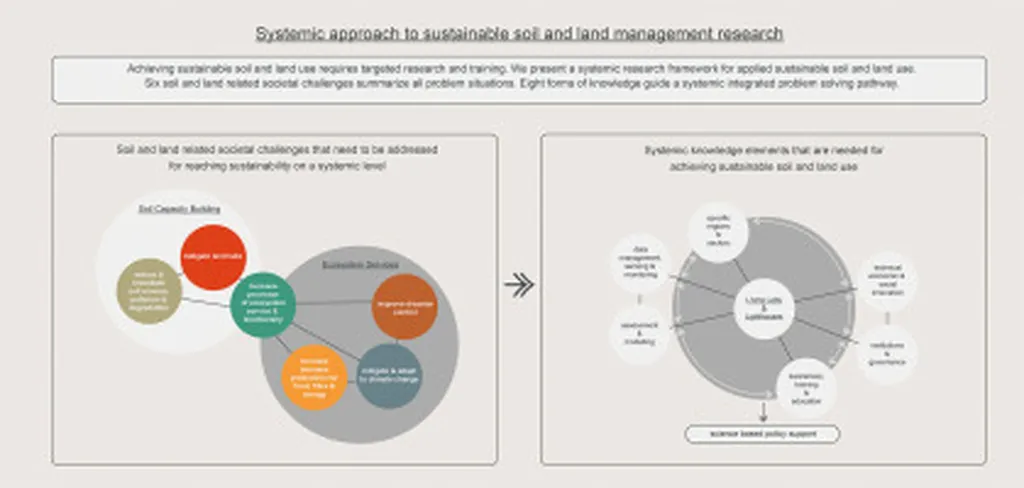In the rugged, semi-arid mountains of Kojur, Mazandaran Province, Northern Iran, a silent transformation is underway. Yahya Kooch, a researcher from the Faculty of Natural Resources & Marine Sciences at Tarbiat Modares University, has been investigating the profound impacts of forest degradation and land use change on soil health. His findings, published in the journal ‘بومشناسی جنگلهای ایران’ (Forest Ecology of Iran), offer critical insights that could reshape sustainable land management practices and influence the energy sector’s approach to carbon emissions.
Kooch’s study focuses on the delicate balance of soil properties in semi-arid ecosystems, where fragile landscapes are particularly vulnerable to human intervention. “The removal of vegetation can lead to significant deterioration of soil properties,” Kooch explains. His research reveals that changes in land use—from forests to woodlands and rangelands—drastically alter soil’s physical, chemical, and biological characteristics. These changes are not just ecological; they have far-reaching implications for carbon cycling and climate change.
One of the most striking findings is the variation in soil respiration rates across different land uses. Soil respiration, a key indicator of microbial activity and ecosystem productivity, was significantly higher in forested areas compared to woodlands and rangelands. This discovery underscores the critical role of forests in carbon sequestration, a process vital for mitigating climate change. “The conversion of forest areas to other ecosystems has led to changes in the carbon and nitrogen cycle and soil microbial respiration,” Kooch notes. This insight is particularly relevant for the energy sector, which is increasingly focused on reducing carbon footprints and exploring sustainable practices.
The study also highlights the importance of soil aggregates—tiny clumps of soil particles that influence water retention, nutrient availability, and overall soil health. Kooch found that micro-aggregates and macro-aggregates, along with their carbon and nitrogen content, varied significantly between different land uses and soil depths. These findings suggest that preserving vegetation cover is essential for maintaining soil structure and fertility, which in turn supports sustainable agriculture and land management.
For the energy sector, understanding these dynamics is crucial. As companies seek to offset carbon emissions through reforestation and land restoration projects, Kooch’s research provides a scientific foundation for effective strategies. “The high quality of the soil of these forests indicates the high potential of woody vegetation for soil protection and biodiversity,” he says. This knowledge can guide the development of restoration programs that not only enhance ecosystem services but also contribute to carbon sequestration efforts.
Beyond the ecological implications, Kooch’s work offers a roadmap for policymakers and land managers. By emphasizing the need for sustainable practices, his research advocates for the preservation of natural ecosystems and the rehabilitation of degraded areas. “These studies can help improve environmental, economic, and social conditions in different regions,” he asserts. This holistic approach aligns with the growing demand for integrated solutions that address both environmental and commercial needs.
As the world grapples with the challenges of climate change and sustainable development, Kooch’s research serves as a timely reminder of the intricate connections between land use, soil health, and carbon cycling. His findings not only advance our understanding of semi-arid ecosystems but also pave the way for innovative strategies in land management and carbon mitigation. For the energy sector, this research underscores the importance of investing in sustainable practices that protect and restore natural ecosystems, ultimately contributing to a healthier planet and a more resilient future.

